Home>Furniture & Design>Outdoor Furniture>How To Keep Outdoor Water Faucet From Freezing
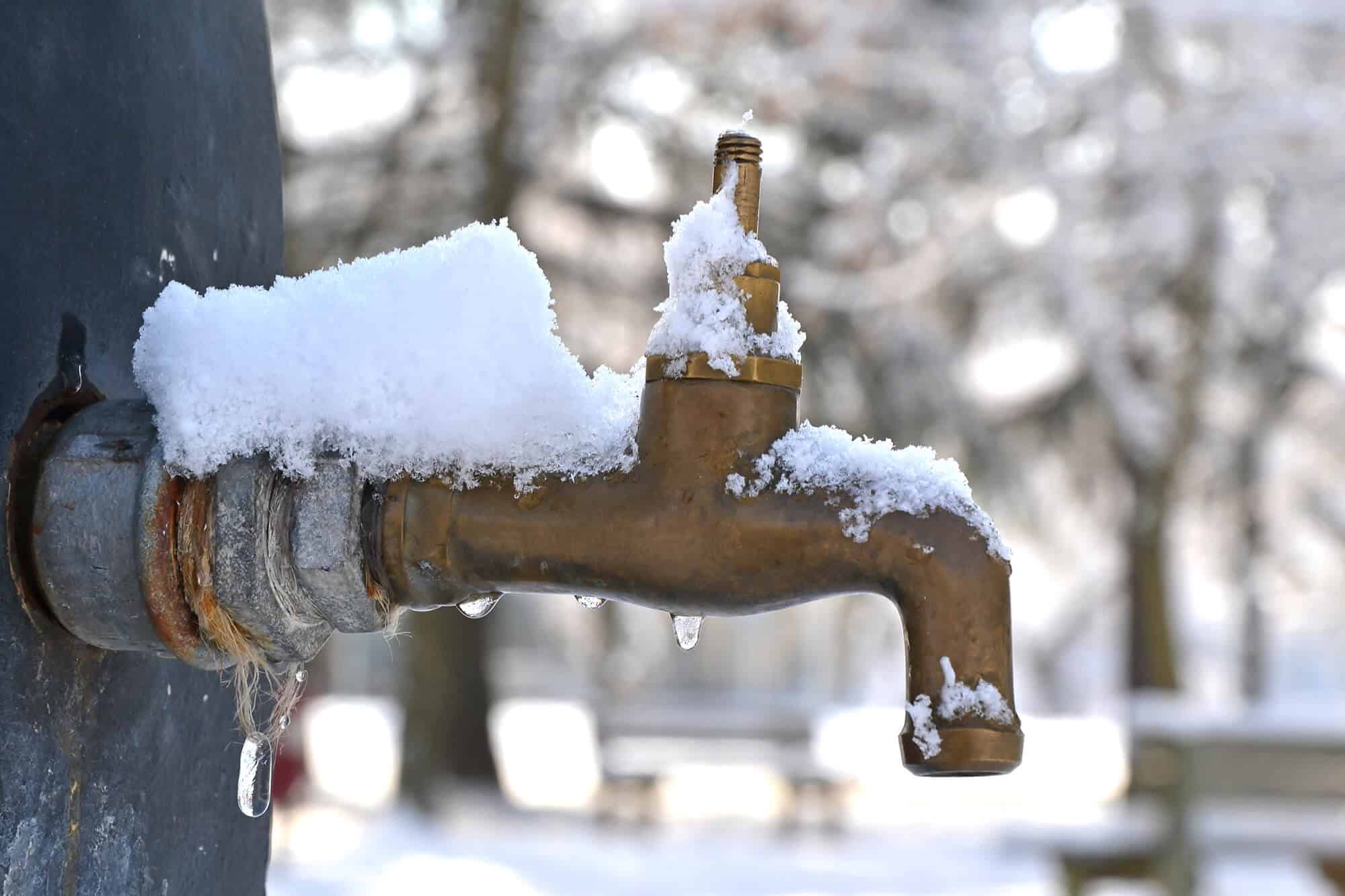

Outdoor Furniture
How To Keep Outdoor Water Faucet From Freezing
Modified: August 19, 2024
Learn how to prevent your outdoor water faucet from freezing with our expert tips and keep your outdoor furniture safe in the winter. Protect your outdoor furniture and design from the harsh winter weather.
(Many of the links in this article redirect to a specific reviewed product. Your purchase of these products through affiliate links helps to generate commission for Storables.com, at no extra cost. Learn more)
Introduction
When it comes to enjoying the great outdoors, having a functional outdoor water faucet is crucial for various activities, from watering plants to washing outdoor furniture. However, as the temperatures drop, the risk of your outdoor faucet freezing increases. This not only disrupts your daily outdoor tasks but also poses a threat to the faucet's integrity. In this comprehensive guide, we will explore effective strategies to prevent your outdoor water faucet from freezing, ensuring that it remains in optimal condition even during the coldest months. Let's delve into the various methods and precautions that will safeguard your outdoor faucet and keep it running smoothly throughout the winter.
Key Takeaways:
- Protect your outdoor water faucet from freezing by insulating it with foam covers, using a durable faucet cover, and allowing a slow drip during extreme cold. These simple measures can prevent damage and ensure functionality throughout winter.
- In extremely cold climates, consider adding heat tape to your outdoor faucet for extra protection. Combine this with insulation and faucet covers for a resilient defense against freezing temperatures, preserving the integrity of your outdoor water source.
Understanding the Risks
Before delving into the preventive measures, it’s essential to understand the risks associated with a frozen outdoor water faucet. When water freezes, it expands, exerting immense pressure on the pipes and faucet. This pressure can lead to cracks, bursts, or other forms of damage, potentially resulting in costly repairs or replacements. Additionally, the blockage caused by frozen water can disrupt the water flow, rendering the faucet unusable until the issue is resolved.
Moreover, the consequences of a frozen outdoor faucet extend beyond the immediate inconvenience. The damage can affect the entire plumbing system, leading to extensive repairs and inconveniences. Therefore, it’s crucial to take proactive steps to prevent freezing and safeguard your outdoor faucet from the perils of winter.
By recognizing the risks associated with frozen outdoor faucets, you can appreciate the importance of implementing preventive measures. With this understanding, let’s explore effective strategies to insulate and protect your outdoor water faucet from freezing temperatures.
Insulating Your Outdoor Faucet
Insulating your outdoor faucet is a fundamental step in protecting it from freezing temperatures. This involves wrapping the faucet and exposed pipes with insulation material to create a barrier against the cold. One of the most commonly used insulation materials is foam faucet covers, which are designed to fit securely over the faucet and provide thermal protection.
When selecting insulation material, ensure that it is suitable for outdoor use and can withstand varying weather conditions. The insulation should effectively shield the faucet and pipes from the cold while also being durable enough to last throughout the winter season.
To insulate your outdoor faucet, follow these steps:
- Begin by disconnecting any hoses or attachments from the faucet.
- Clean the area around the faucet to remove any dirt or debris.
- Wrap the faucet and exposed pipes with the insulation material, ensuring a snug fit.
- Secure the insulation in place using tape or fasteners, ensuring that it is tightly sealed to prevent air and moisture from penetrating.
By insulating your outdoor faucet, you create a protective barrier that helps retain heat and prevent the water within the pipes from freezing. This simple yet effective measure can significantly reduce the risk of damage caused by freezing temperatures, preserving the functionality of your outdoor faucet throughout the winter.
Using a Faucet Cover
Another effective method to shield your outdoor water faucet from freezing temperatures is to utilize a faucet cover. These covers are specifically designed to provide insulation and protection for outdoor faucets, helping to maintain their functionality even in cold weather.
When selecting a faucet cover, opt for a durable and weather-resistant option that can withstand the elements. Faucet covers are available in various sizes to accommodate different faucet designs, ensuring a snug and secure fit. Additionally, some covers feature insulation properties, further enhancing their ability to safeguard the faucet from freezing temperatures.
To use a faucet cover:
- Select a cover that is compatible with the size and design of your outdoor faucet.
- Place the cover over the faucet, ensuring that it fits securely and completely encases the faucet and adjoining pipes.
- Secure the cover in place to prevent it from being dislodged by wind or other external factors.
By utilizing a faucet cover, you add an extra layer of protection to your outdoor faucet, minimizing the risk of freezing and potential damage. This proactive measure helps to insulate the faucet and maintain a stable temperature, preserving its functionality and integrity throughout the winter season.
Furthermore, faucet covers are often reusable, making them a cost-effective and convenient solution for protecting your outdoor water faucet from the harsh effects of cold weather. By incorporating a faucet cover into your winter maintenance routine, you can ensure that your outdoor faucet remains in optimal condition, ready to serve your outdoor water needs whenever required.
Disconnect and drain your outdoor water faucet before the first freeze. Install a faucet cover for extra protection.
Dripping the Faucet
One simple yet effective technique to prevent outdoor water faucets from freezing is to allow the faucet to drip slowly during extremely cold temperatures. This method works by keeping a constant flow of water moving through the faucet, making it less susceptible to freezing. By allowing a small amount of water to drip from the faucet, you can help prevent the water within the pipes from stagnating and forming ice blockages.
When implementing the dripping method, it’s important to consider the following:
- During periods of severe cold, particularly at night or when temperatures are expected to drop significantly, allow a small, steady drip from the faucet.
- Ensure that the drip is consistent and slow, as this continuous flow of water can help prevent freezing.
- Monitor the faucet regularly to ensure that the dripping continues, especially during prolonged cold spells.
While this method may result in minimal water wastage, especially during extended periods of cold weather, it is a practical and effective way to safeguard outdoor faucets from freezing. The small amount of water used in the dripping process can prevent the potential damage and inconvenience associated with frozen outdoor faucets.
It’s important to note that the dripping method is most effective when combined with other preventive measures, such as insulation and faucet covers. By employing a multi-faceted approach to protecting your outdoor water faucet, you can significantly reduce the risk of freezing and ensure its continued functionality throughout the winter season.
Adding Heat Tape
For additional protection against freezing temperatures, especially in regions with extremely cold climates, adding heat tape to your outdoor water faucet can be a highly effective solution. Heat tape, also known as heating cable, is designed to provide consistent warmth to exposed pipes, preventing them from freezing and sustaining damage.
When installing heat tape for your outdoor faucet, consider the following steps:
- Begin by selecting heat tape that is suitable for outdoor use and appropriate for the size and length of the exposed pipes.
- Carefully wrap the heat tape around the exposed sections of the faucet and adjoining pipes, ensuring that it is evenly distributed and securely fastened.
- Follow the manufacturer’s instructions for connecting and powering the heat tape, ensuring that it is installed and operated safely and effectively.
- Regularly inspect the heat tape to ensure proper functioning, especially during periods of extreme cold.
By incorporating heat tape into your winter maintenance routine, you can provide a consistent source of warmth to your outdoor water faucet, minimizing the risk of freezing and potential damage. This proactive measure is particularly valuable in regions where sub-zero temperatures are common, offering an additional layer of protection to safeguard your outdoor faucet throughout the winter season.
It’s important to note that while heat tape can effectively prevent freezing, it should be used in conjunction with other preventive measures, such as insulation and faucet covers, to ensure comprehensive protection for your outdoor water faucet. By combining these strategies, you can create a resilient defense against the challenges posed by cold weather, preserving the functionality and integrity of your outdoor faucet.
Conclusion
As winter approaches, safeguarding your outdoor water faucet from freezing temperatures is essential to ensure its continued functionality and prevent potential damage. By understanding the risks associated with frozen outdoor faucets and implementing proactive measures, you can effectively protect your faucet and maintain a reliable water source for various outdoor activities.
Insulating your outdoor faucet, using a faucet cover, dripping the faucet during extreme cold, and adding heat tape are all valuable strategies for preventing freezing and preserving the integrity of your outdoor water source. These methods, when employed collectively, create a robust defense against the challenges posed by cold weather, ensuring that your outdoor faucet remains operational and undamaged throughout the winter season.
It’s important to tailor your preventive measures to suit the specific climate and environmental conditions in your area. By staying informed about weather forecasts and temperature fluctuations, you can adjust your protective measures accordingly, providing optimal care for your outdoor water faucet.
Ultimately, by taking proactive steps to protect your outdoor water faucet from freezing, you can enjoy peace of mind knowing that your outdoor water source is well-maintained and ready for use, regardless of the weather conditions. By incorporating these preventive strategies into your winter maintenance routine, you can preserve the functionality and longevity of your outdoor faucet, ensuring that it remains a reliable and convenient resource for all your outdoor water needs.
Frequently Asked Questions about How To Keep Outdoor Water Faucet From Freezing
Was this page helpful?
At Storables.com, we guarantee accurate and reliable information. Our content, validated by Expert Board Contributors, is crafted following stringent Editorial Policies. We're committed to providing you with well-researched, expert-backed insights for all your informational needs.
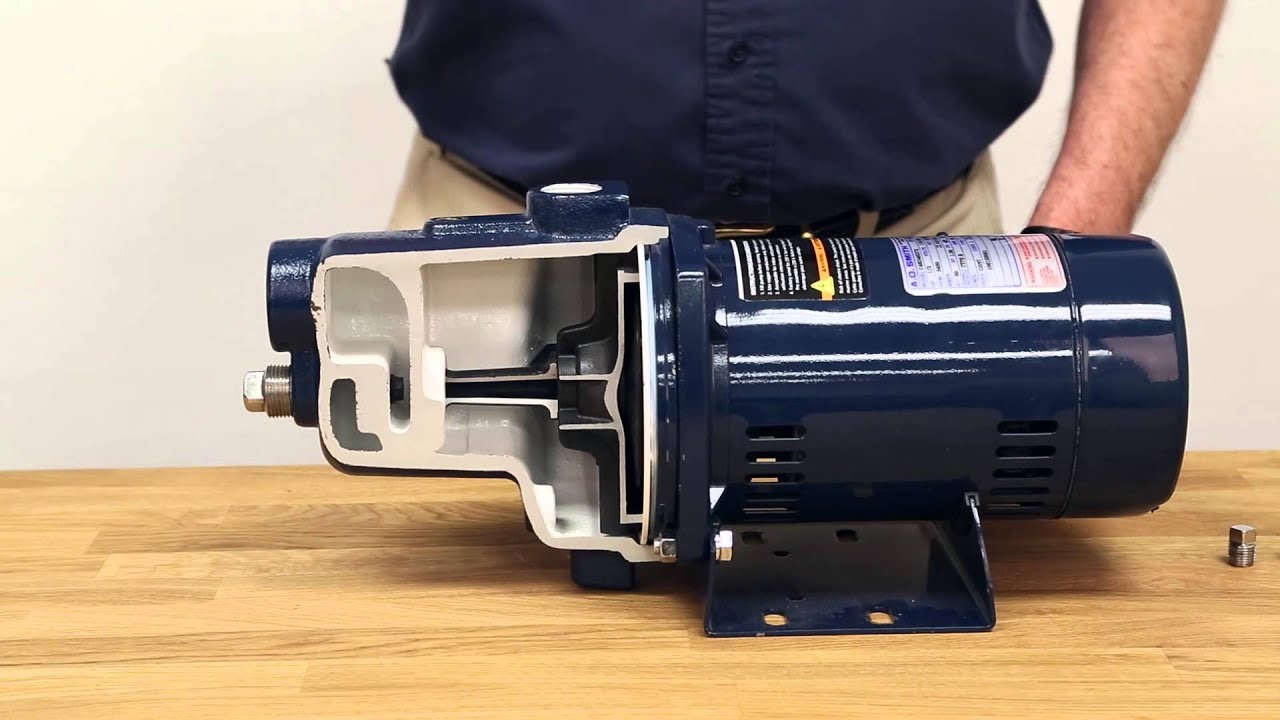
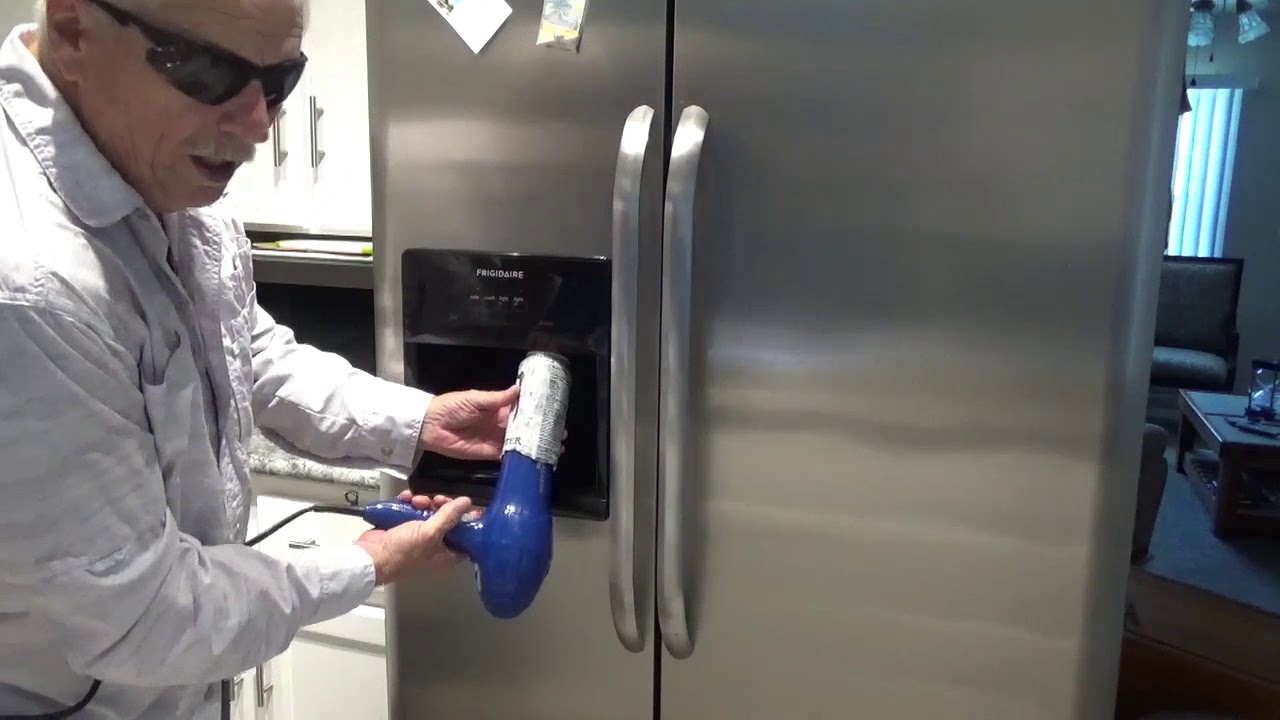
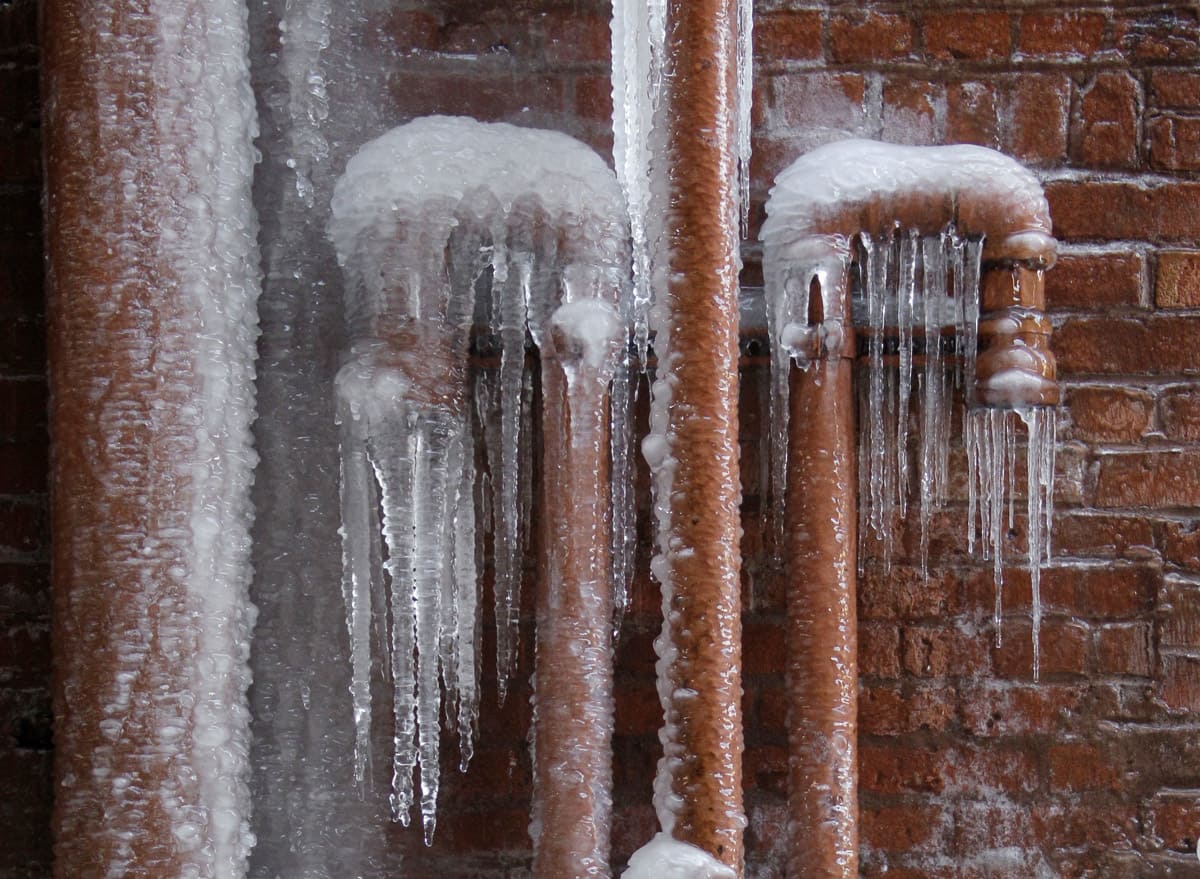
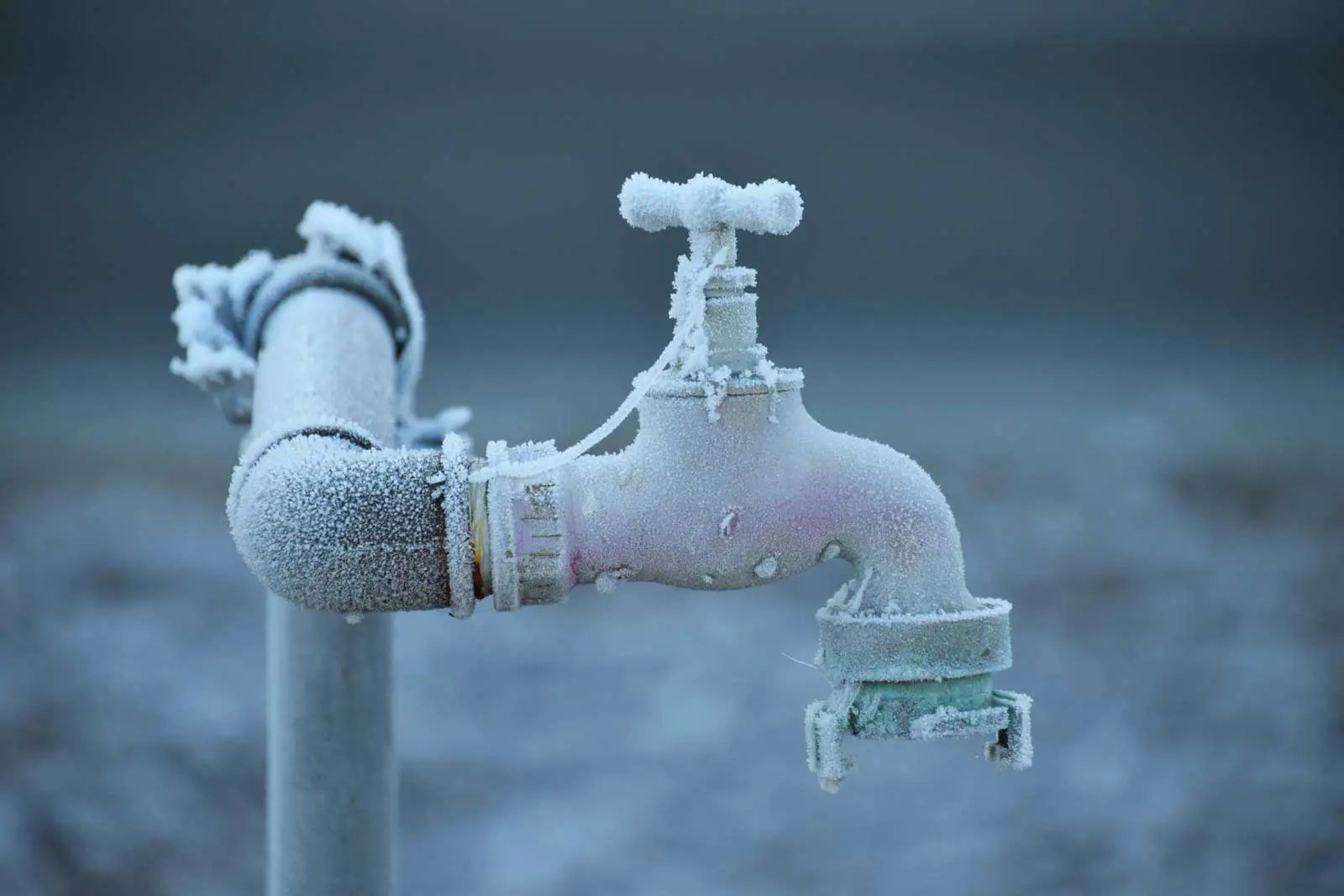
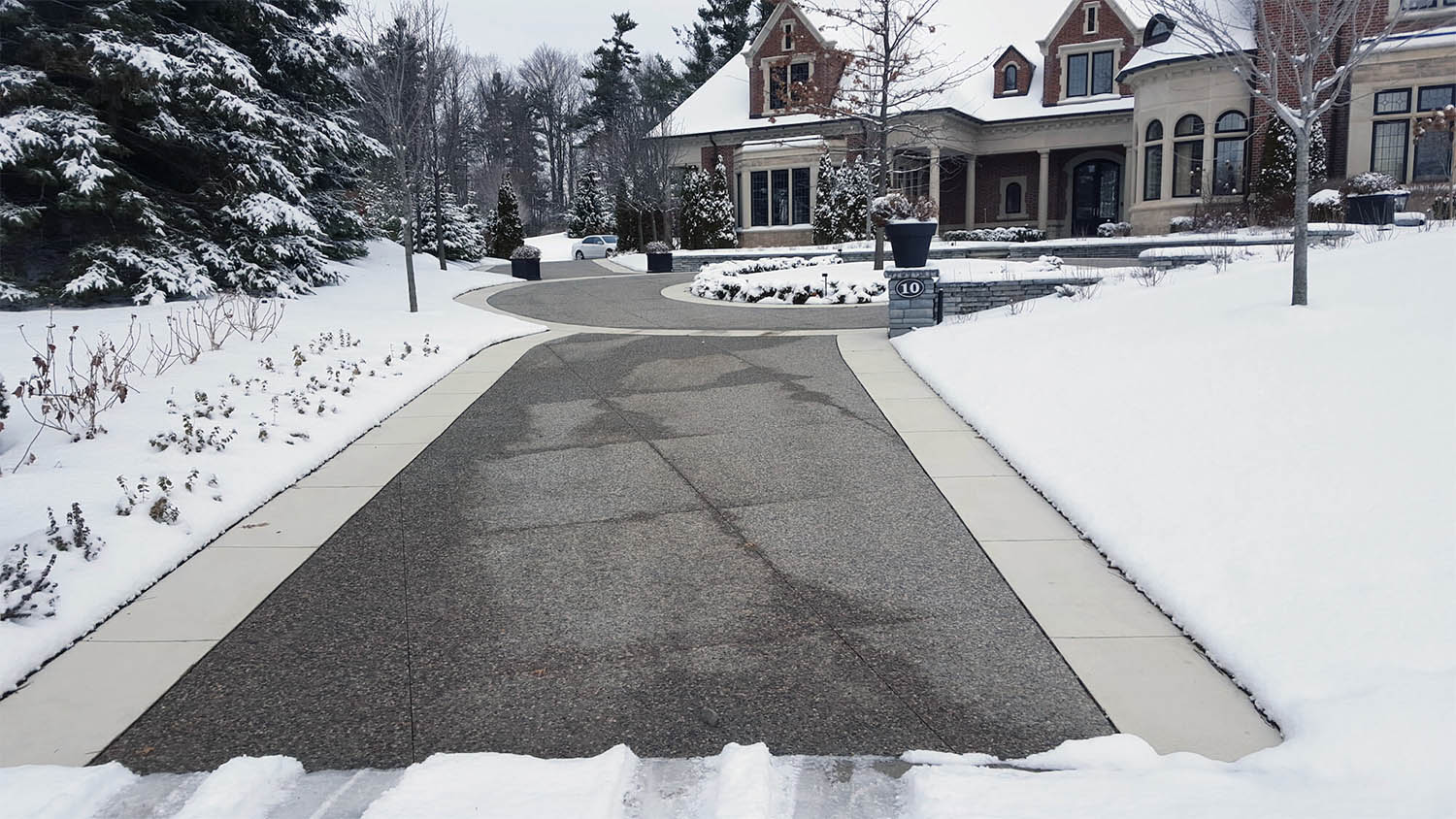
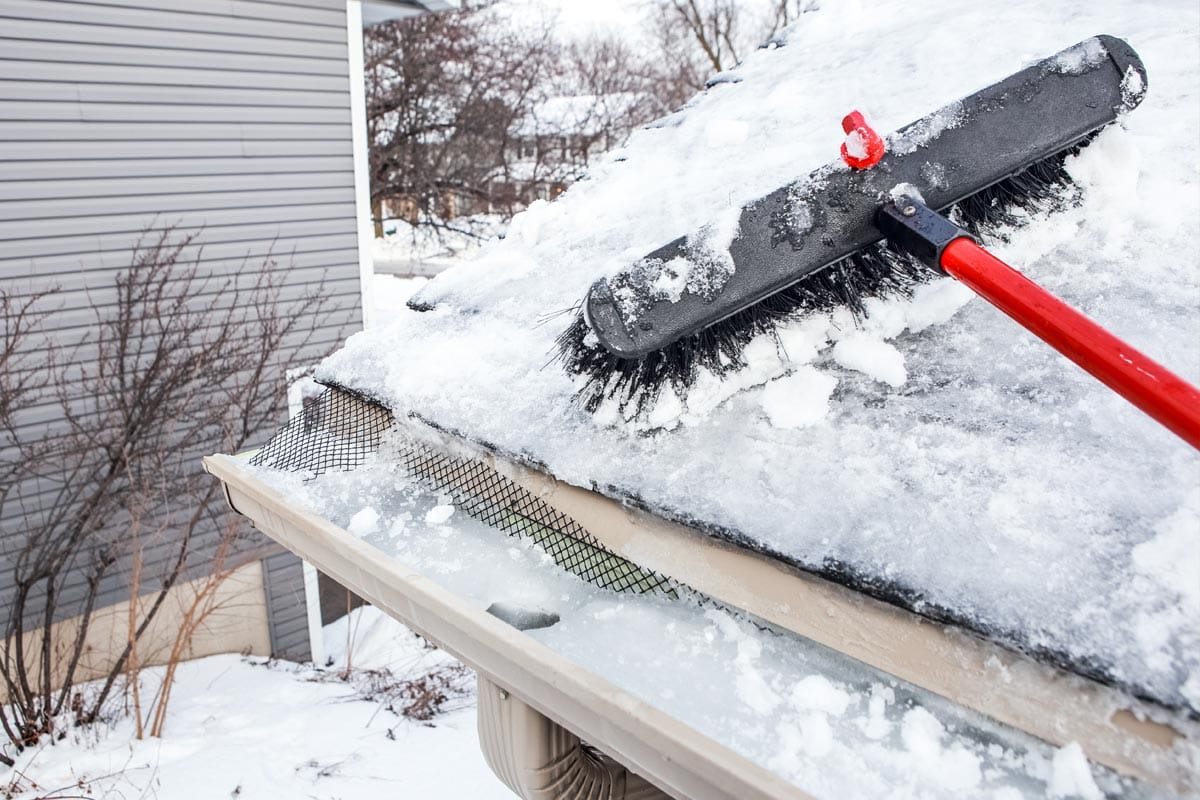
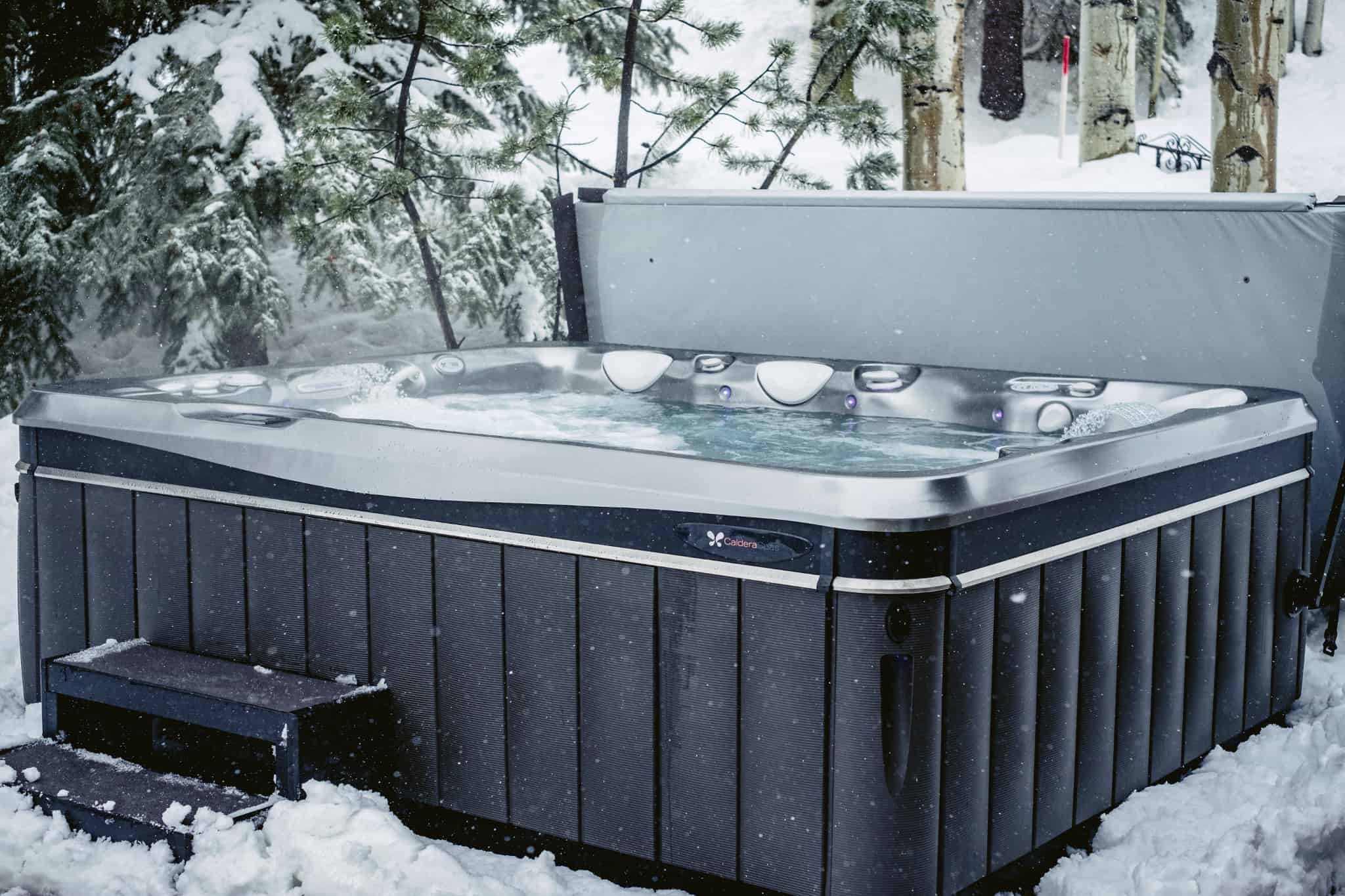
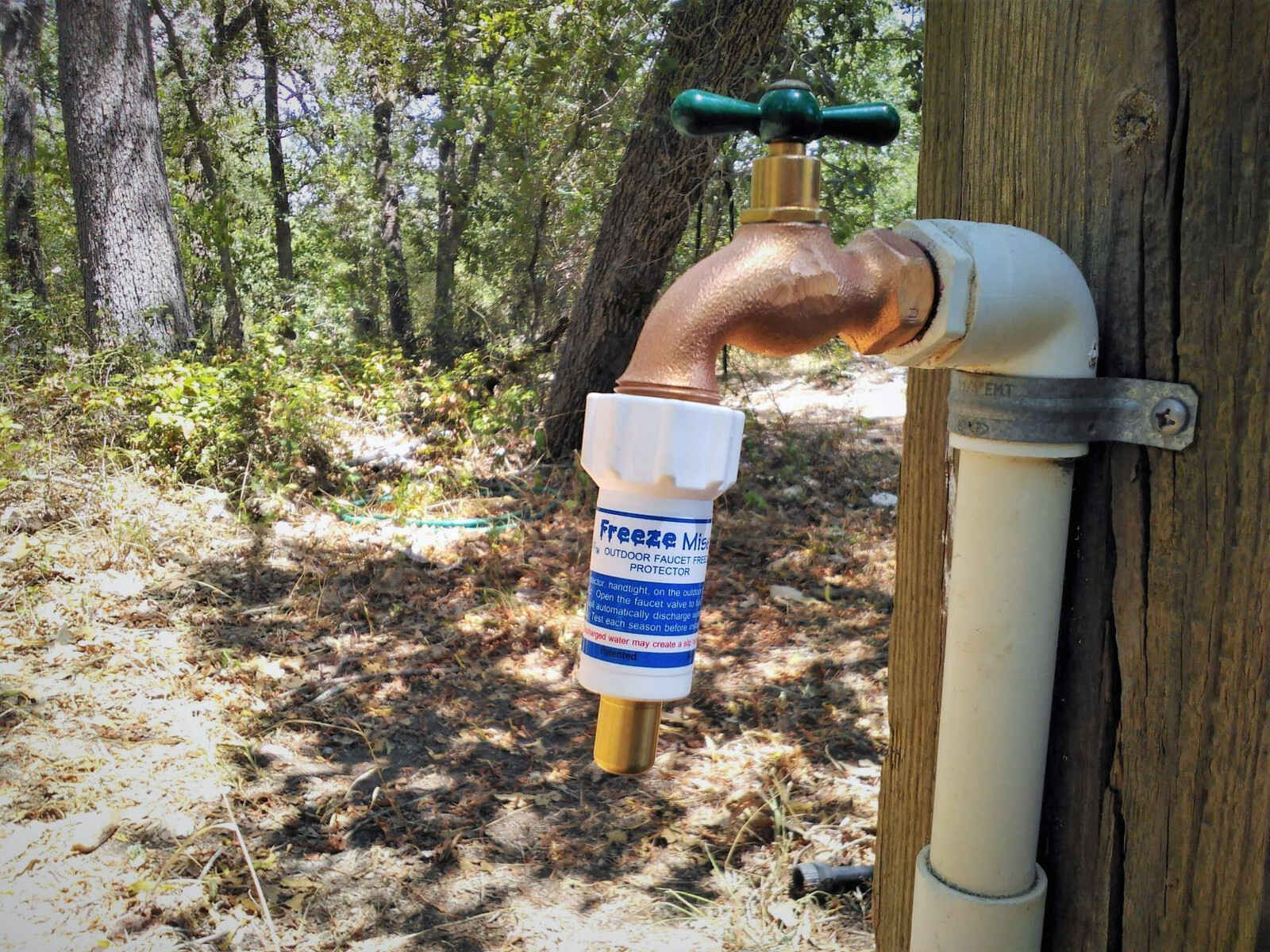
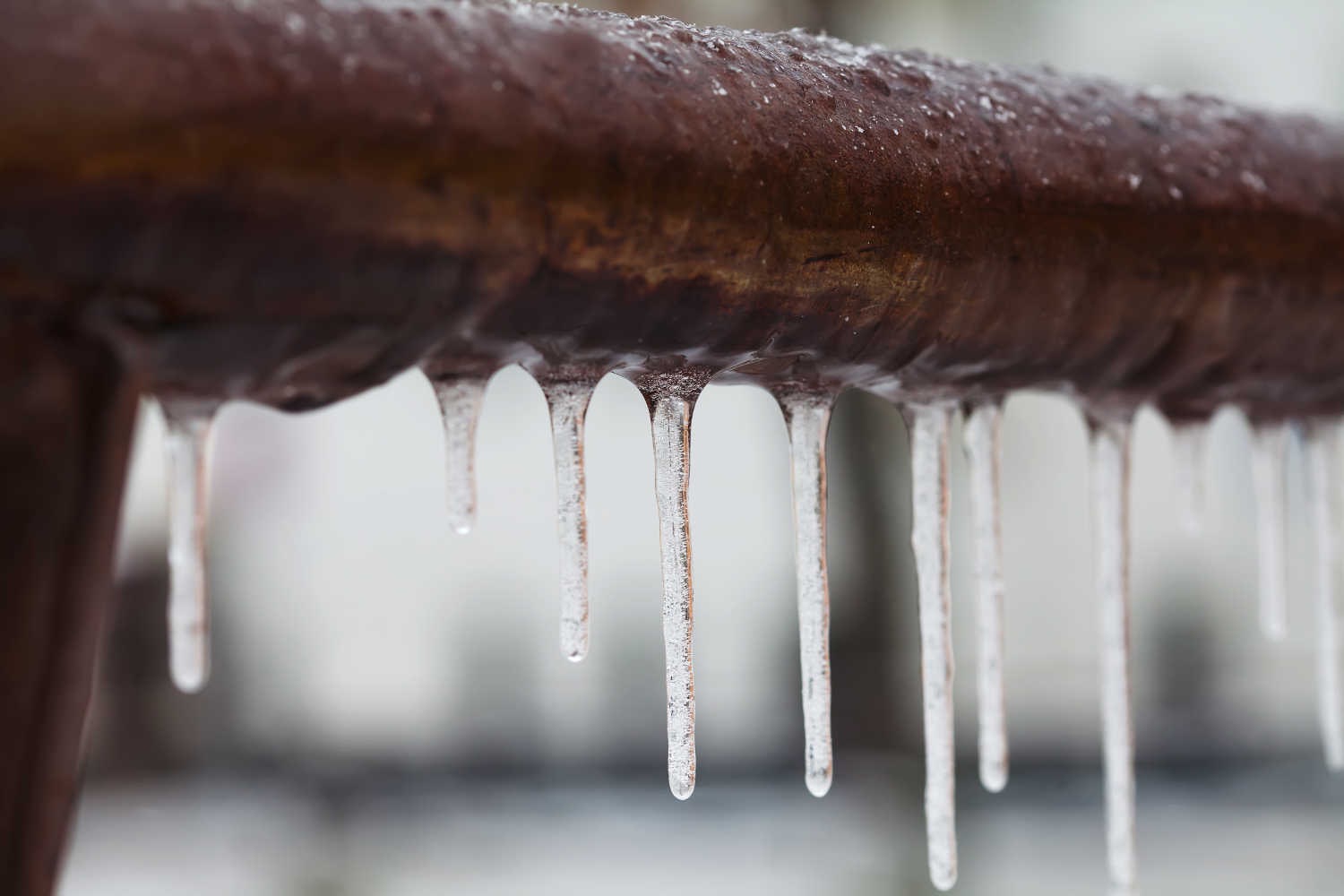
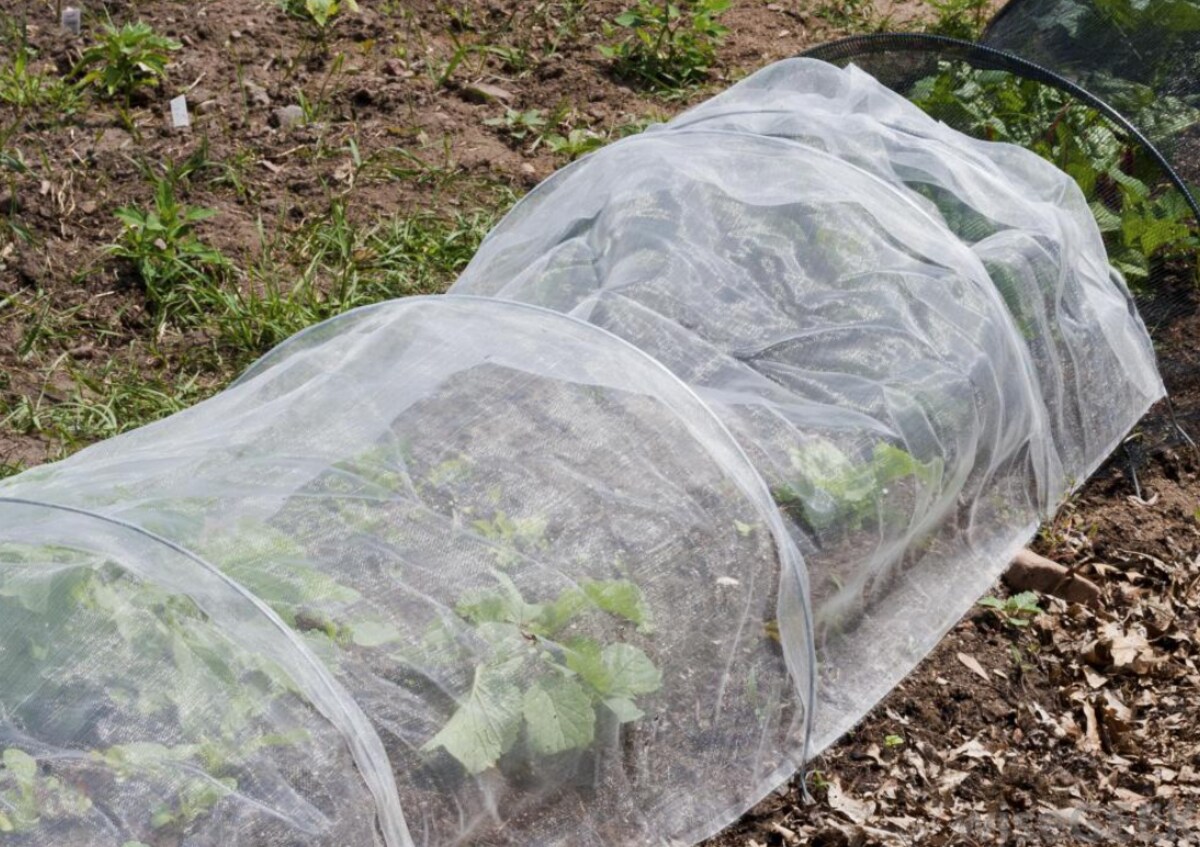
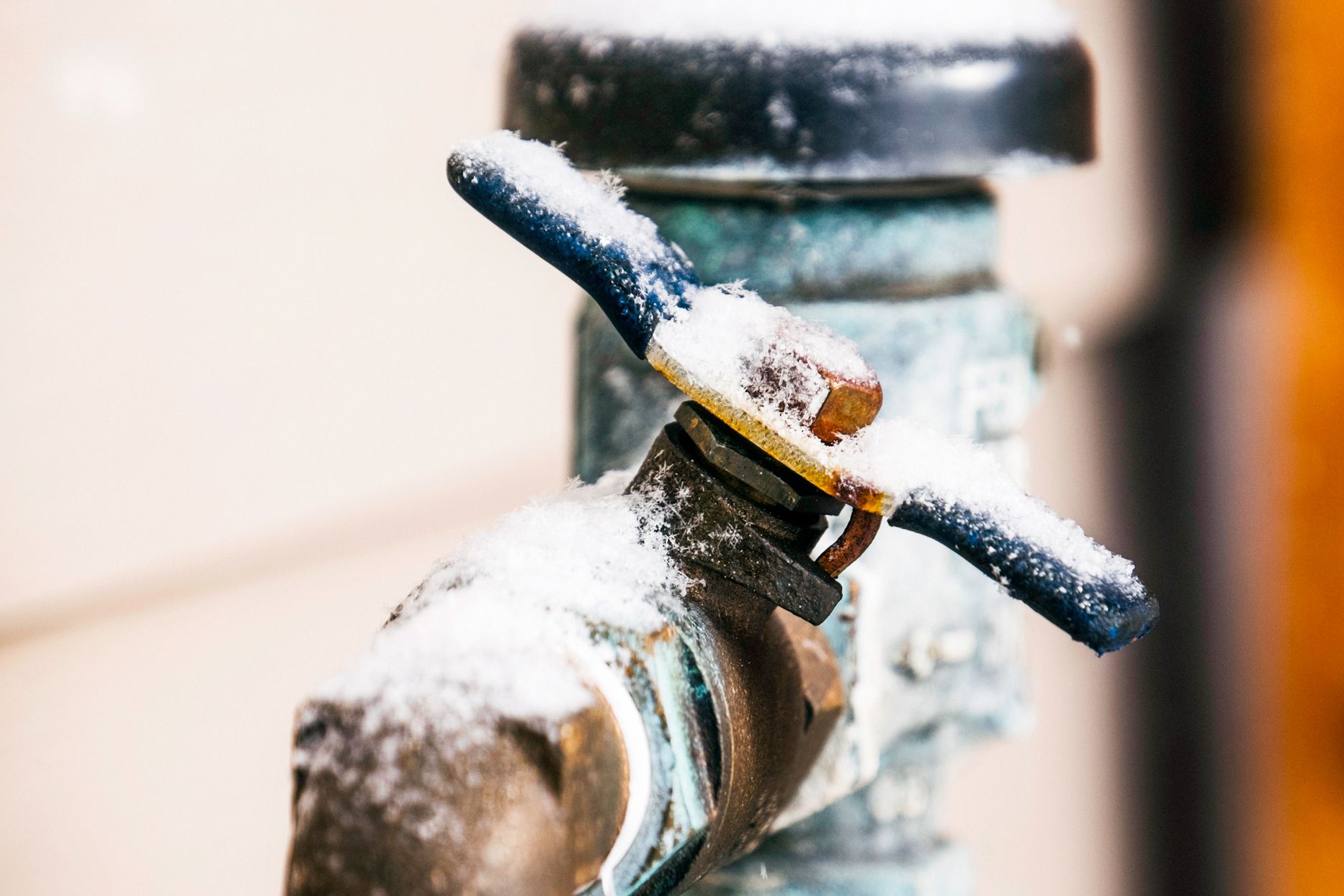
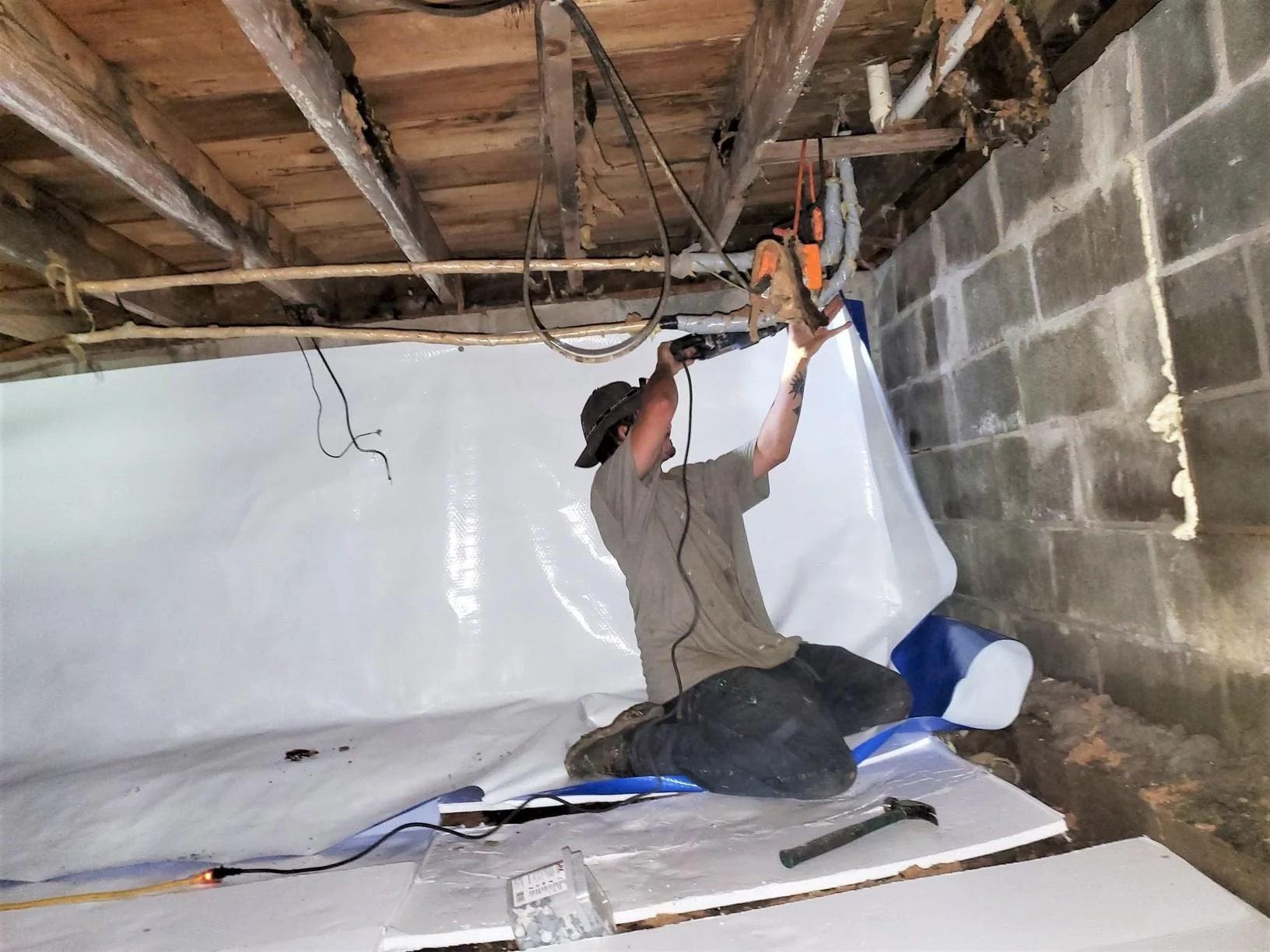
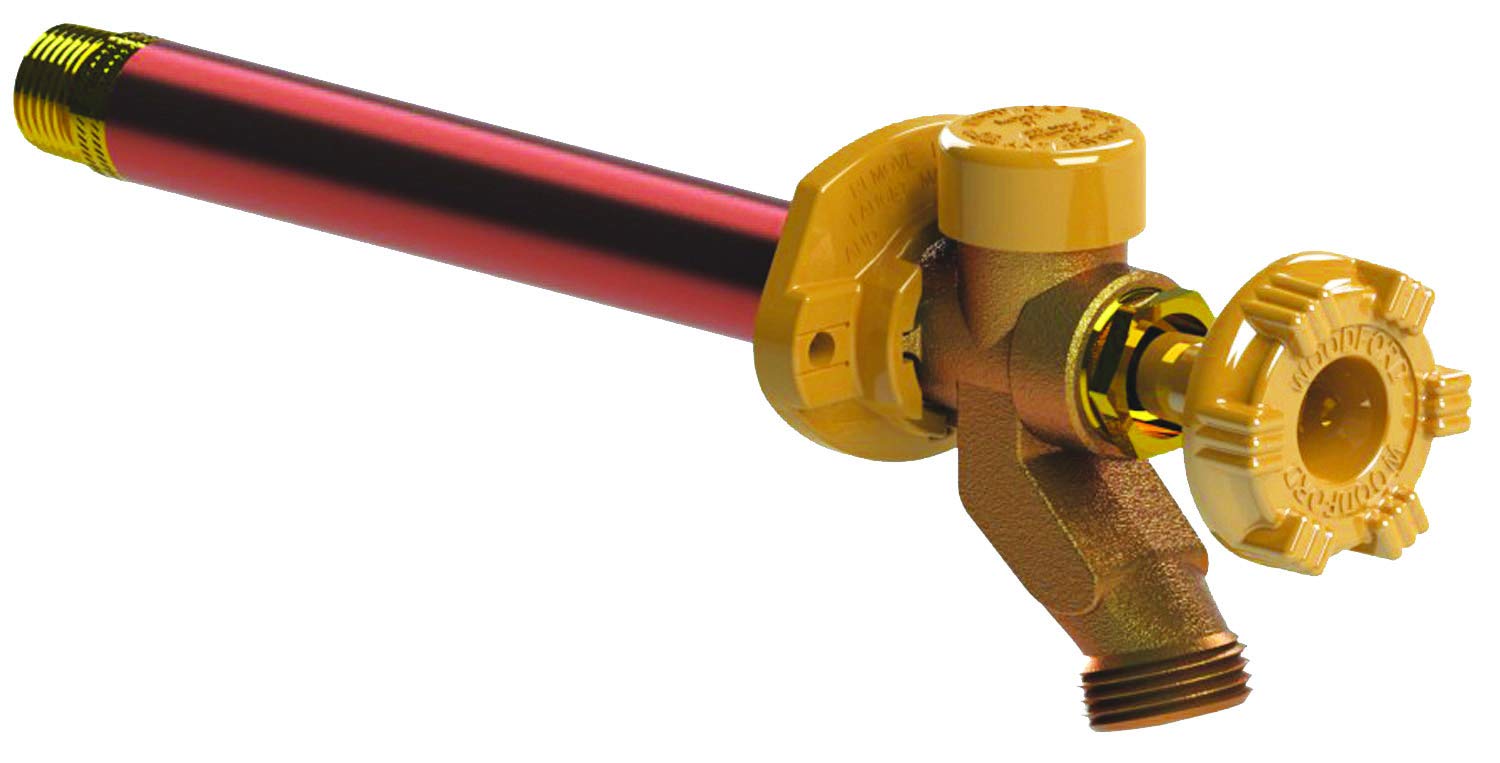
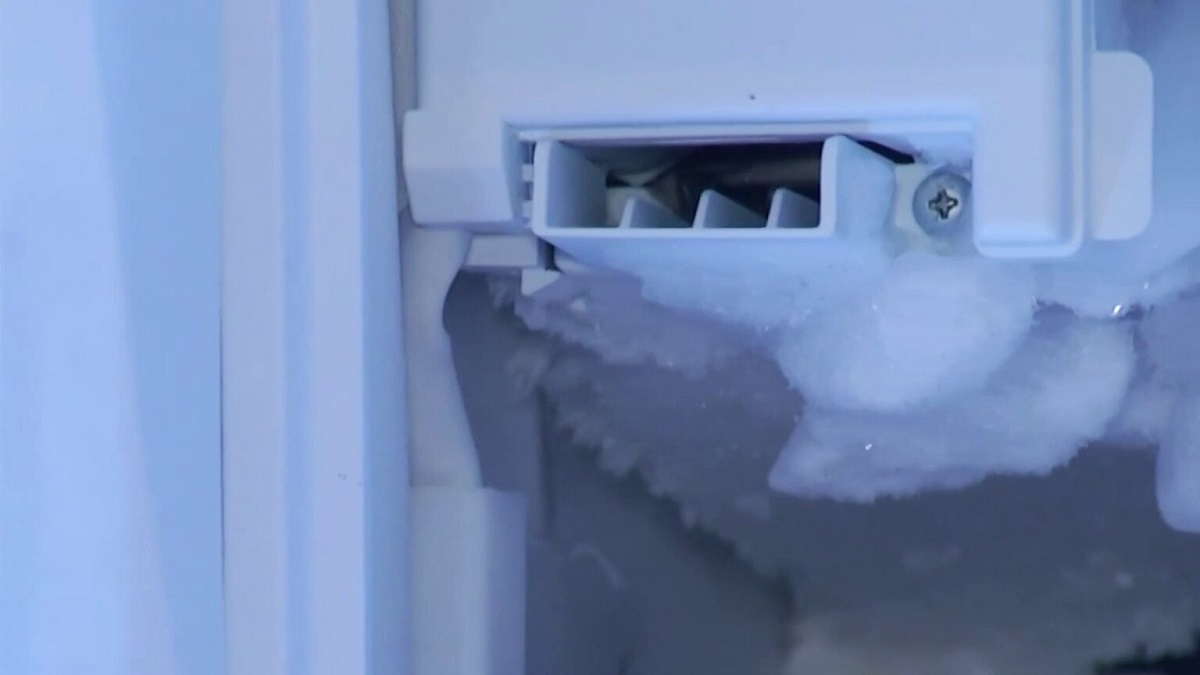

0 thoughts on “How To Keep Outdoor Water Faucet From Freezing”